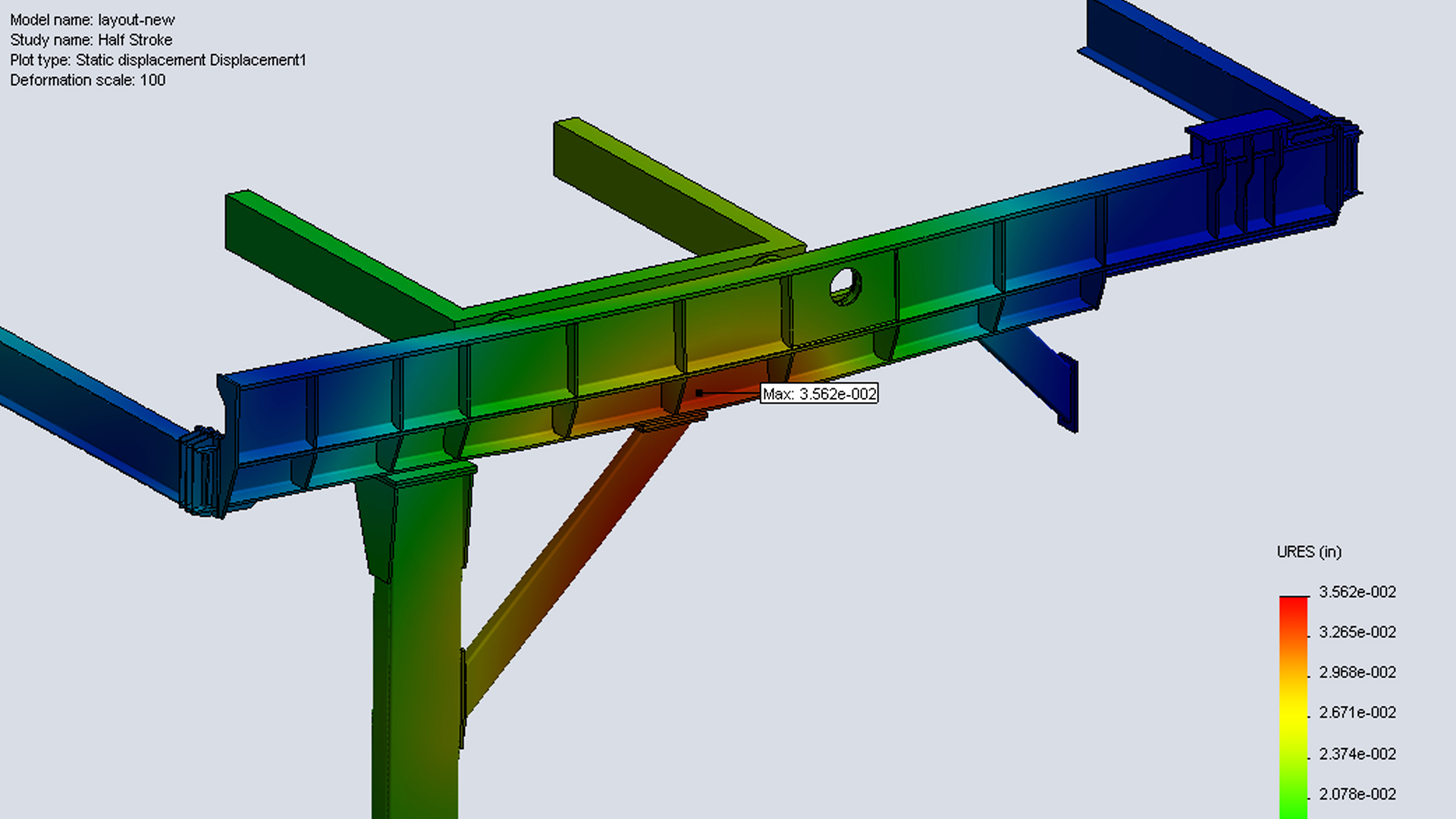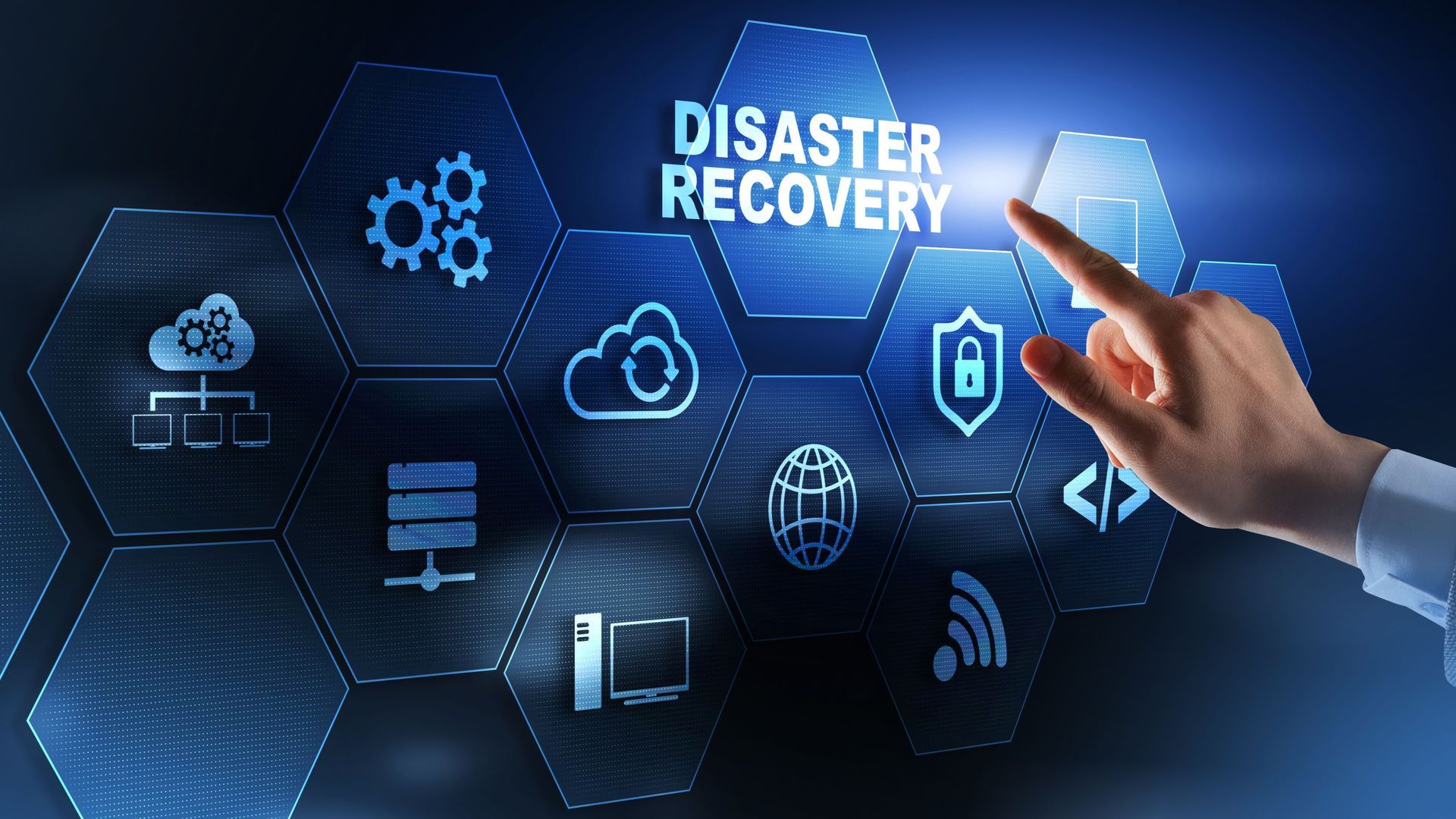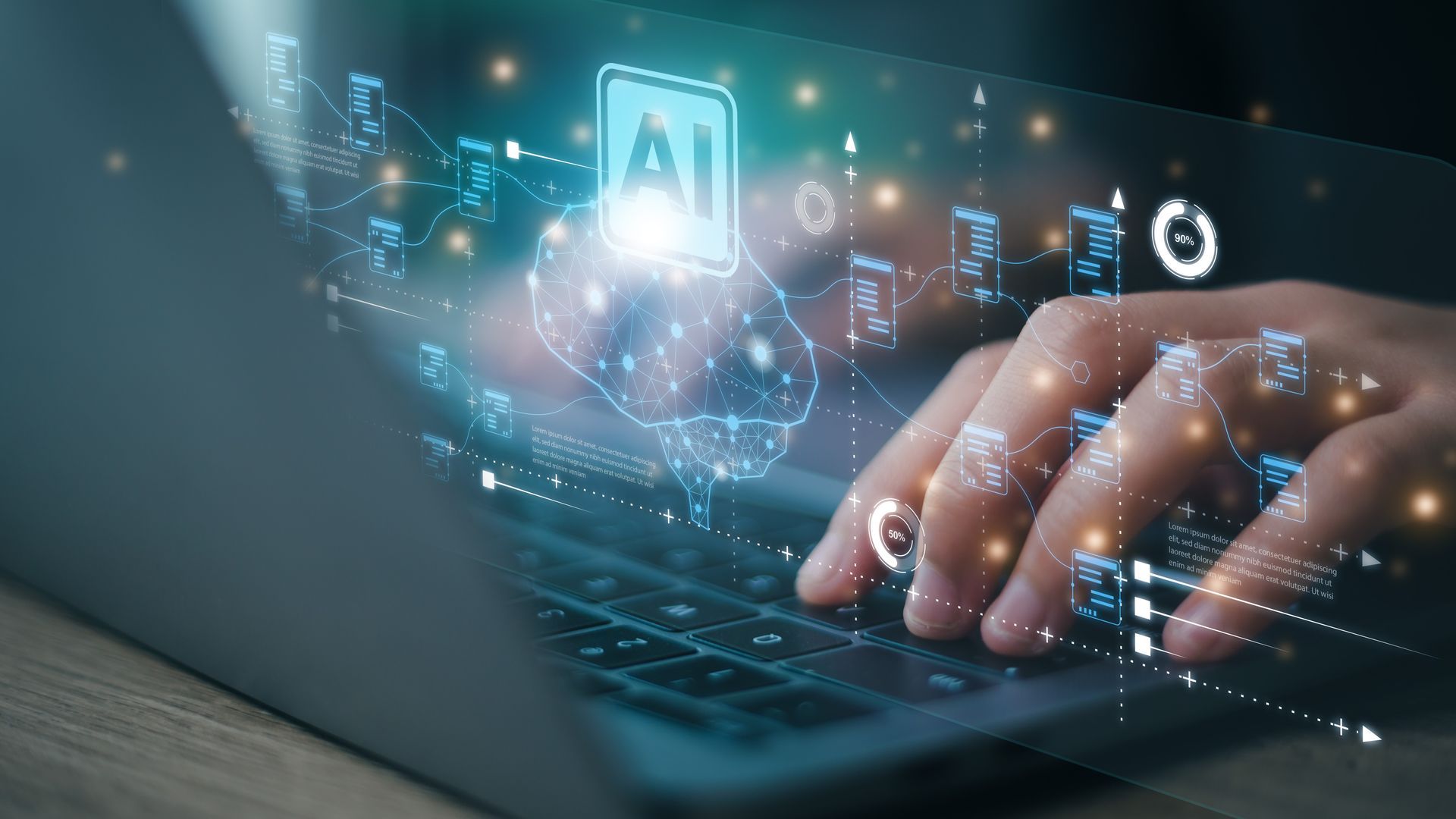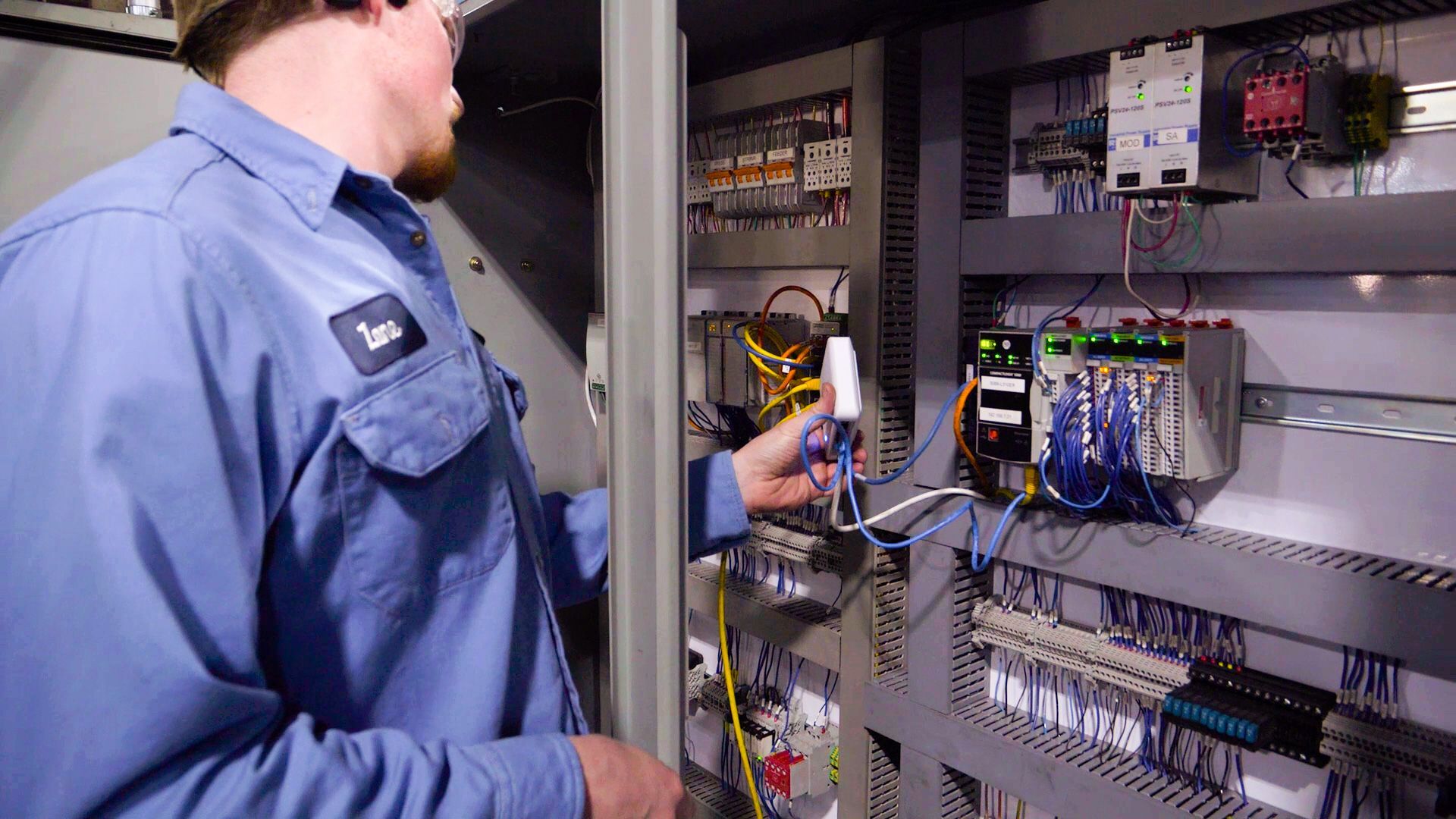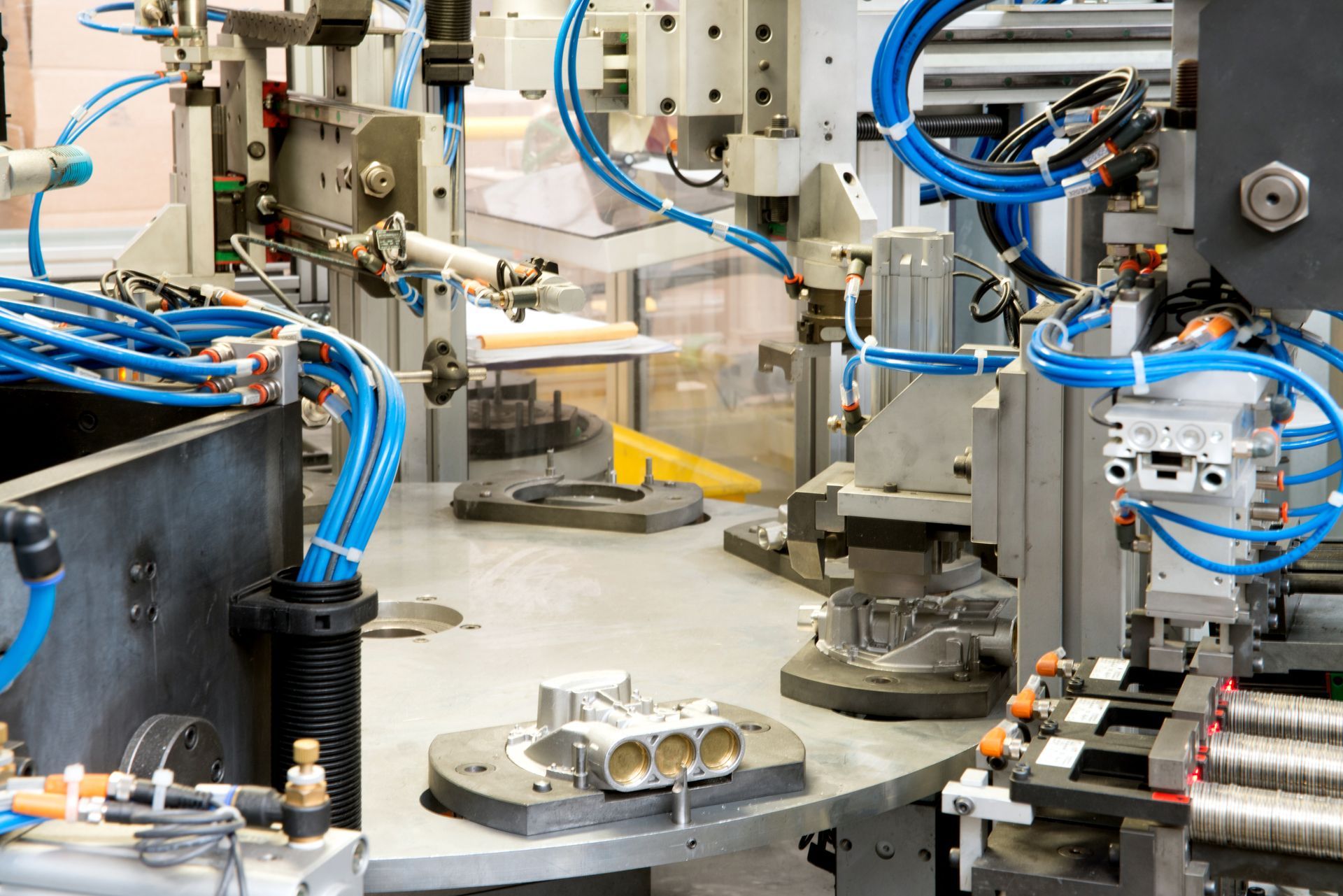Website or Mobile App? What are the Pros and Cons?

What goes into the decision to develop a website or a mobile application? That depends on a variety of factors including who will be using the application or websites. Businesses must establish what the goal of the solution is for the end user, identify the target audience, look at the budget for the final solution of either a website or a mobile application, and finally, understand the features and functions that are needed for the website or mobile application to be successful.
In this blog, the team at Seifert Technologies is going to walk you through the pros and cons of websites and mobile applications.
Pros and Cons of Building a Website:
Websites have long been the go-to solution for providing customers with valuable information about your company. From the early days of the internet, having a company website has been a staple of business. The term website is a general term to describe static websites and dynamic web applications that are accessed through a URL web link. An example of a static website is Wikipedia: the content is displayed and does not change unless someone makes a manual edit to it. An example of a web application would be Facebook.com, which has a ton of dynamic links to other apps and content and is constantly changing. Facebook also has a mobile app, which runs as an application on smart devices.
Pros:
- Reach and Accessibility: Websites are accessible through any web browser on desktops, laptops, tablets, and smartphones, making them easily reachable to a broader audience.
- Cost-Effectiveness: Developing a website is often more cost-effective compared to building a mobile app, especially if you need a simple online presence or informational platform.
- Easy Maintenance and Updates: Updating content and making changes to a website is straightforward and immediate, requiring no approval process from app stores.
- SEO and Discoverability: Websites can be optimized for search engines (SEO), making it easier for users to find content through search results.
- Cross-Platform Compatibility: Websites can be accessed on any device with a web browser, regardless of the operating system, ensuring a consistent experience for all users.
- WCAG & ADA Compliance: Website development has a focus on meeting accessibility requirements. Most web browsers help developers improve their compliance percentage.
Cons:
- Limited Performance: Not all website editors offer the same level of performance and responsiveness as a well-optimized mobile application. It is crucial for complex web apps, that a professional web developer or web master does the developing rather than a company just using an out of the box solution (Wix, WordPress, etc.).
- Offline Access: Websites require an internet connection to access content. This can be limiting for users in areas with poor connectivity.
- Website Maintenance: As with any technology that is online, a website must be maintained to prevent website hackers from accessing your data, and that of your customers. Read more about the increase in cyber threats in our blog HERE.
Why use a Website or Web Application?
If you want to present your company to the world, a website is a very good way to do that: anyone with an internet connection can connect with you. And if you want to provide a more enthralling and applicable experience to potential customers, web applications can provide specific information that your customers are looking for.
As a business it is important to assess your website's specific requirements and choose applications that align with your goals, audience, and budget. Integration and effective use of these applications can significantly enhance your website's functionality, user experience, and success.
Pros and Cons of Building a Mobile Application:

Mobile Applications are programs that run on a mobile device. Native apps are built for a specific mobile operating system, usually iOS or Android. As an increased number of people use their cell phones to find information that they are looking for in real time, mobile applications have been gaining ground in the past decade. When used well, mobile applications can be a great tool for growing your customer base.
Microsoft believes a good mobile application begins with brilliant design and functionality. We could not agree more.
“A successful mobile app should provide an excellent user experience and help you reach your business goals. It should also be easy to use and give some added value to the user that they wouldn’t get from a standard website, plus bring data together to help you improve customer experiences. “-Microsoft
Pros:
- Enhanced User Experience: Mobile apps can provide a more immersive and optimized user experience, utilizing the device's hardware and features.
- Performance and Speed: Mobile apps can offer better performance, faster loading times, and smoother interactions compared to websites.
- Offline Functionality: Apps can store some data locally, allowing users to access certain features or content even without an internet connection.
- Push Notifications: Mobile apps can utilize push notifications to engage users, notify them of updates, or encourage app usage, enhancing user engagement.
- Monetization Opportunities: Mobile apps offer various monetization options, such as in-app purchases, advertisements, and subscription models.
Cons:
- Applications Must Be Downloaded: End users are not going to have access to your mobile application unless they download it from the App Store or Google Play
- Platform-Specific Development: Building a mobile app often requires separate development for iOS and Android platforms, increasing development time and costs.
- App Store Approval Process: Getting an app approved on app stores involves a review process, which can introduce delays in launching updates or new features.
- Limited Reach: Mobile apps are platform-dependent and may not be accessible to users on other platforms unless separate versions are developed.
- Maintaining Mobile Applications: Like website upgrades, mobile applications must be maintained. When there is a iOS or Android update, a mobile application may no longer work or have security vulnerabilities unless it is updated to the newest specs.
- WCAG & ADA Compliance: An exuberant amount of programming is involved to make a mobile app meet accessibility standards. There are a smaller number of helpful development tools available to improve compliance.
Why use a Mobile App?:
Mobile applications are great for ecommerce, customer loyalty programs, and more. They are also at your customers or employees’ fingertips without the need for a computer. Think about the kind of apps you use on your mobile phone, and you can understand the use case for a company mobile app.
Good Examples for Mobile Applications:
Spotify, WhatsApp, TikTok, Amazon
Many mobile apps that we use today originally started as websites. Let’s take Facebook for example, in its conception it was a social media website for college students. Years later Facebook announced their mobile app on the Android and Apple app stores. Well, why would they start with a website and then later have to also support web app and mobile app platforms? Websites are cheaper to startup, and if built right, have responsive designs with adaptable content-based screen sizes. Then, when the website has taken off in production, a lot of the same concepts and code can be reused in mobile app development where more time is spent on Android and IOS platform specific programming and mobile app design.
"Mobile apps also have the advantage of the “shortcut effect,”
“Why remember a URL when I can just click the icon on my phone.” – A Seifert Customer.
Going from a mobile app to a website is not as straight forward. In one of our mobile app projects the customer was curious about converting their mobile app to a website. The trouble became that, although the API (Application Programming Interface) that was developed for the mobile app could be recycled for use on the website, the mobile app language code could not easily be converted into a web app which caused the quote to exceed their budget.
In another case we had a customer that wanted to start with a website that was made with the “mobile first” approach (all development had mobile devices in mind – responsive design). What we found with this customer was they had an easier time in the testing/approval phase with their website than the other customer that started with a mobile app. With the website we could deploy changes, and the customer could instantly see our progress. When staging a mobile app, the app would have to be compiled into a single file, transferred to the mobile devices designated for testing, the device settings would have to be modified for development mode, then install the Android Package (APK) update, and then they can evaluate the enhancements. Even if the Android and Apple stores had a “staging” environment, it is not easy to deploy, nor is it easy for the end user to install the staged version of their mobile app.
In conclusion, starting out with a mobile friendly website has proven to provide a great user experience for project development and testing. When the website has had a few months in production, then more web development work can be recycled in mobile app development than the other way around – making the website first approach cheaper overall.
How Can Seifert Technologies Help?:
In many cases, a well-rounded strategy might involve both a website and a mobile app, each playing a specific role in reaching and engaging with your target audience effectively. It is essential to assess your goals, audience, and budget to determine the best approach for your specific needs. Contact Seifert Technologies to get started.


